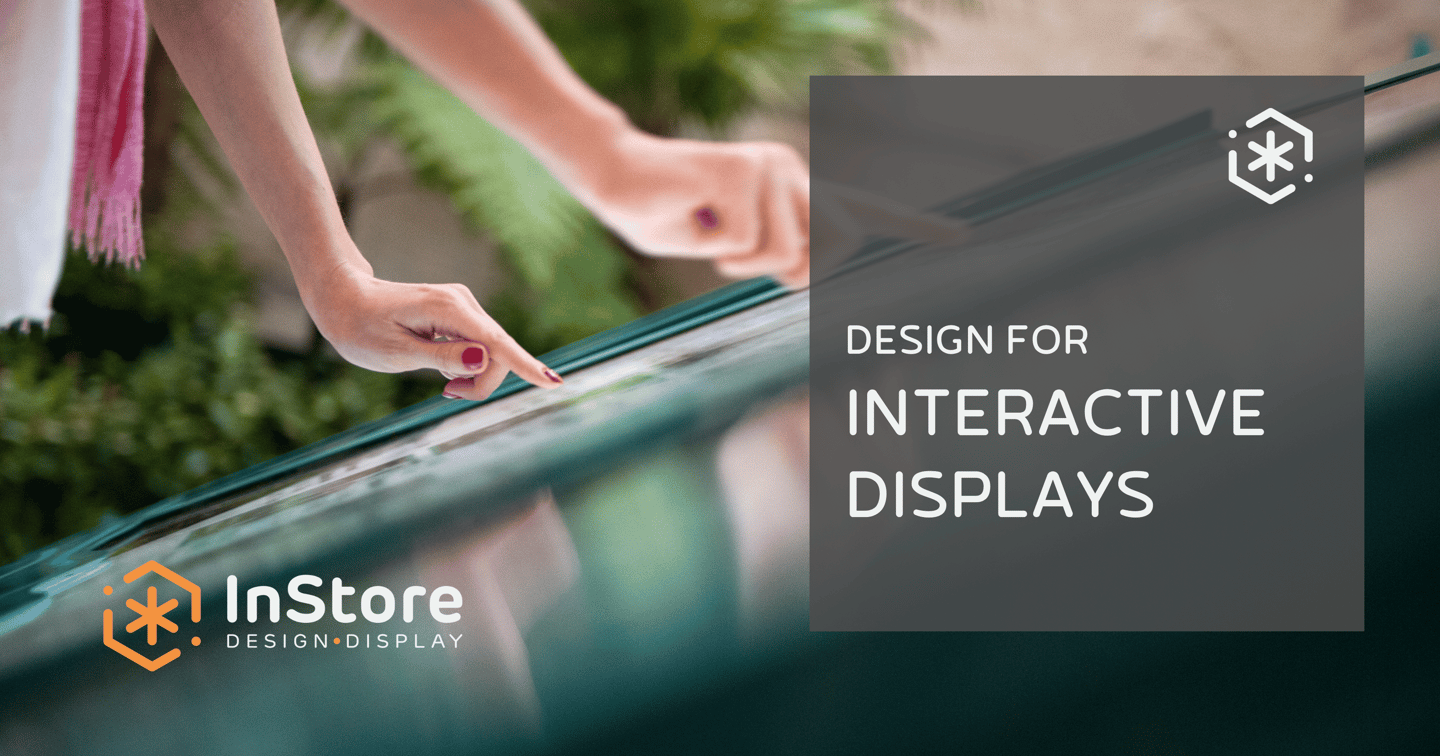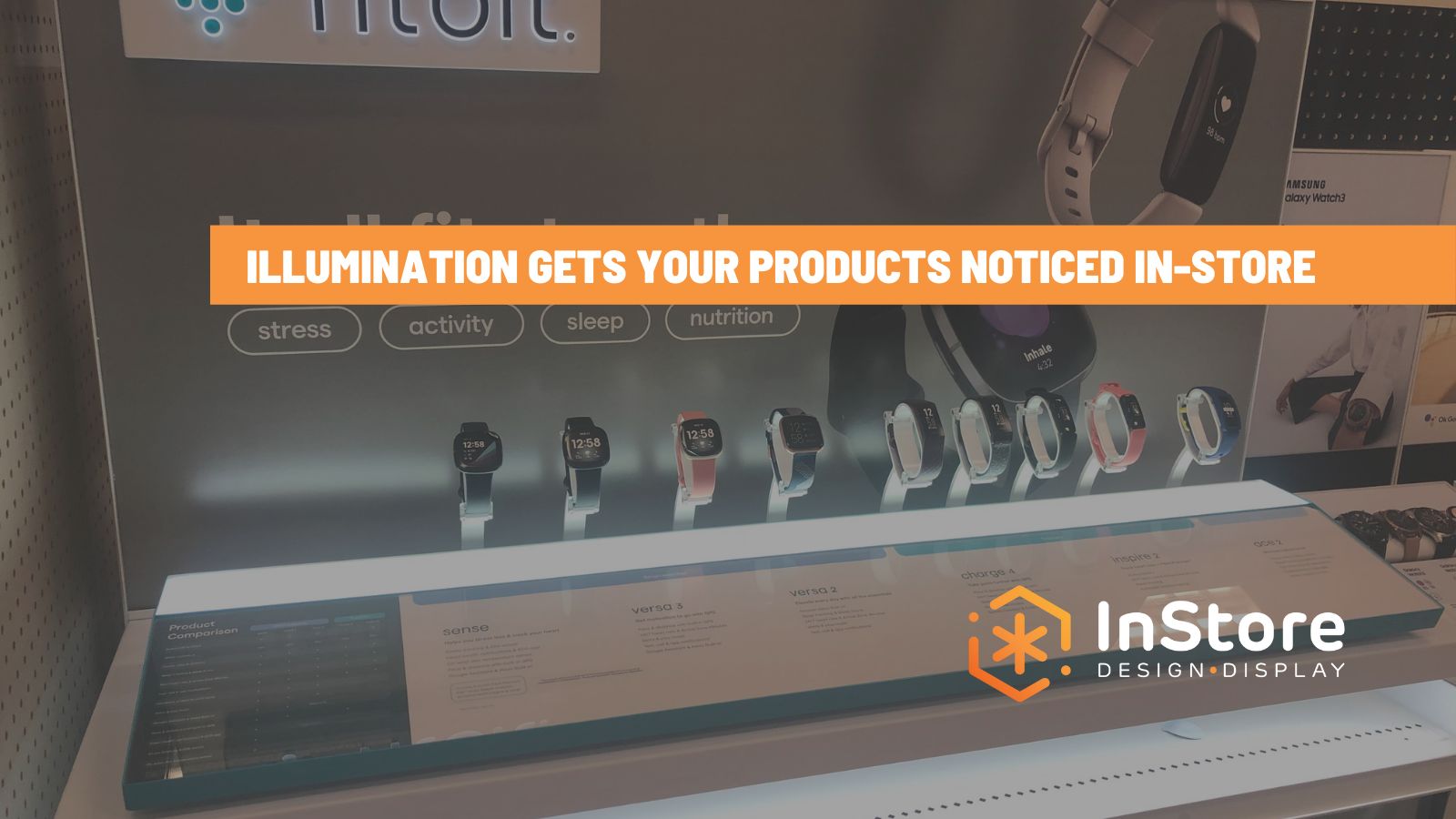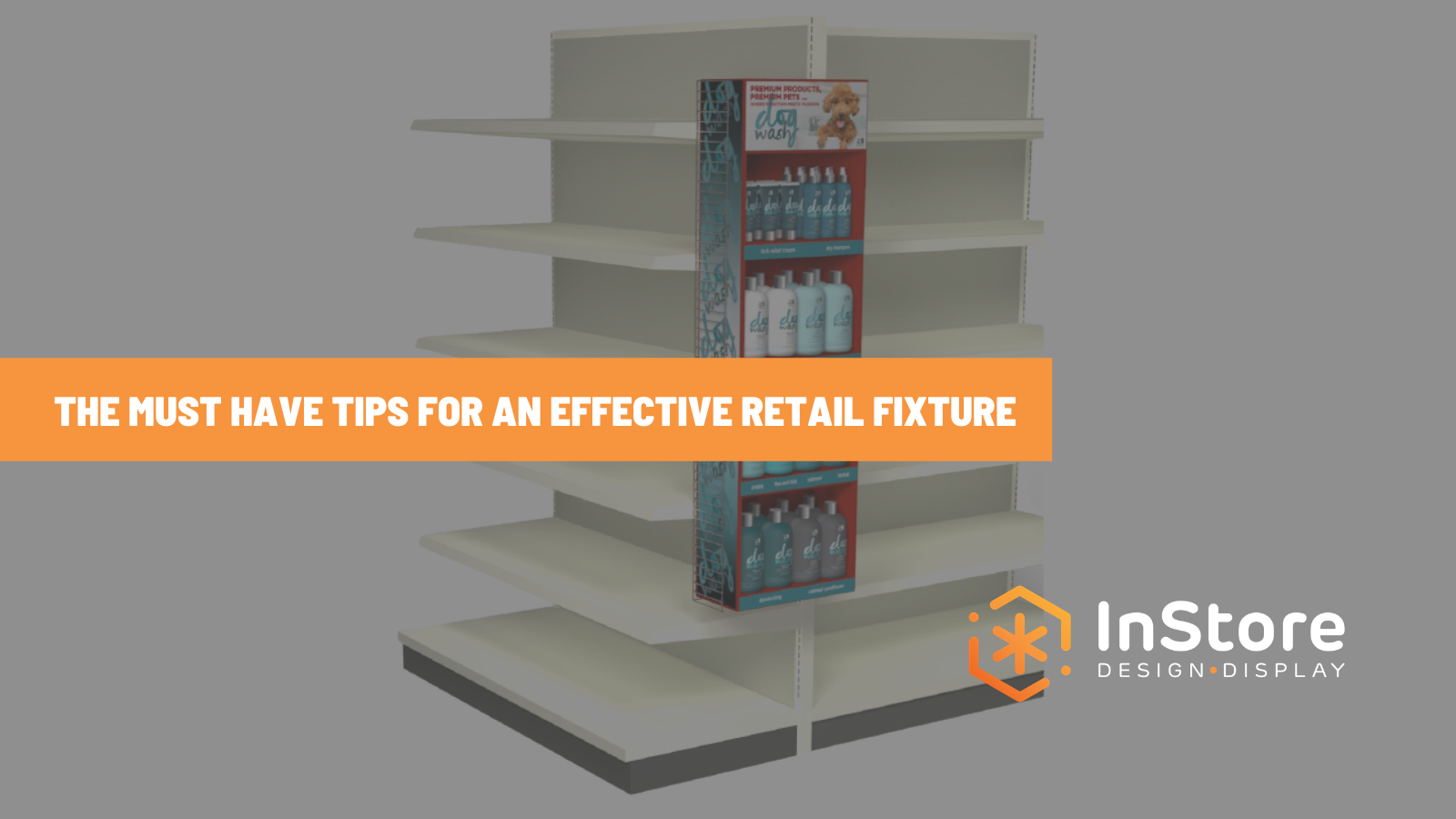
Interactive Design Trends: Elevating Customer Engagement in Retail Displays
In today's dynamic retail landscape, staying ahead of the curve is crucial for brands and marketers seeking to captivate consumers. One such avenue witnessing a meteoric rise is interactive retail displays. As we delve into 2024, it's paramount to explore the forefront of innovation driving customer engagement. Let's embark on a comprehensive journey through the top trends reshaping the retail display landscape and discover how to leverage them effectively.
The Growth in Interactive Displays
The evolution of retail displays has undergone a remarkable transformation in recent years, transitioning from static setups to dynamic, interactive experiences. With advancements in technology and shifting consumer preferences, brands are embracing interactive displays to create immersive environments that resonate with their target audience. At InStore Design Display, we aim to stand at the forefront of this revolution, offering innovative solutions that seamlessly integrate technology with physical retail spaces.
What is Considered an Interactive Display?
Interactive displays encompass a spectrum of technologies designed to engage and interact with consumers actively. Gone are the days of passive viewing; today's consumers crave experiences that stimulate their senses and ignite their imagination. From touchscreens to augmented reality (AR) and virtual reality (VR) experiences, these displays transcend traditional static setups, inviting customers to immerse themselves in the brand narrative. Whether it's exploring product features through interactive demos or embarking on virtual journeys within the store, interactive displays blur the lines between the physical and digital realms, creating memorable experiences that leave a lasting impression.
What Typically Draws Customers In?
At the heart of effective interactive design lies the ability to captivate and enthrall customers. While the possibilities are virtually limitless, certain tactics have proven particularly effective in drawing customers in and fostering meaningful engagements.
- Immersive Experiences: Incorporating immersive elements such as gamification or storytelling captivates customers fosters a deeper connection with the brand. By transporting customers to alternate realities or challenging them with interactive puzzles, brands can create memorable experiences that resonate long after the initial interaction.
- Personalization: In an era dominated by personalized experiences, tailoring content based on customer preferences is paramount. Whether recommending products based on past purchases or offering interactive experiences tailored to individual interests, personalization enhances relevance, making the experience more meaningful and impactful.
What Technologies/Inventions Allow for User Engagement?
The rapid evolution of technology has paved the way for a myriad of innovations that enable unparalleled user engagement within retail displays. From cutting-edge AR experiences to intuitive gesture recognition systems, these technologies empower brands to create immersive environments that captivate and delight customers.
-
Augmented Reality (AR)
By overlaying digital content onto the physical environment, AR enriches the shopping experience, allowing customers to visualize products in their own space before making a purchase. Whether it's trying on virtual clothing or previewing furniture placement in their homes, AR offers a glimpse into the future of retail.
-
Virtual Reality (VR)
Transporting users to virtual realms, VR offers unparalleled experiential marketing opportunities, enabling brands to showcase products in immersive settings. From virtual showroom tours to interactive product demonstrations, VR unlocks new dimensions of engagement and storytelling.
-
Gesture Recognition
Using gestures for navigation enhances interactivity, providing a seamless and intuitive user experience. Whether it's waving a hand to browse through product options or gesturing to interact with virtual elements, gesture recognition adds a layer of immersion that enhances the overall user experience.
Non-Tech Example: Interactive Product Demonstration Stations
Let's take a step back from technology and explore a non-tech example of interactive displays that can educate customers about the product or brand:
Imagine walking into a cosmetics store and being greeted by an interactive product demonstration station. Instead of relying solely on digital technology, this display incorporates physical elements to engage and educate customers about the brand's skincare products.
At the center of the station, there's a beautifully designed countertop adorned with various skincare products neatly arranged on display. Surrounding the products are interactive stations featuring mirrors, product samples, and educational materials.
As customers approach the station, they're invited to explore the products at their own pace. Here's how it works:
- Mirror Stations: Positioned strategically around the display are mirrors equipped with built-in touchscreens. Customers can select different skincare products from the display and learn about their key ingredients, benefits, and usage instructions by tapping on the touchscreen. As they interact with the display, informative videos and product demonstrations play on the mirror's surface, providing a multi-sensory experience that captivates and educates.
- Product Samples: Interspersed among the products are sample stations where customers can try out various skincare formulations. From moisturizers to serums, each sample is accompanied by a description card detailing its unique properties and recommended usage. Customers can experiment with different products, feeling the textures and experiencing firsthand how each product nourishes and revitalizes their skin.
- Educational Materials: To complement the interactive experience, the display also features educational materials such as brochures, infographics, and QR codes linking to online resources. These materials provide in-depth information about the brand's ethos, sustainability practices, and product development process, empowering customers to make informed purchasing decisions based on their values and preferences.
By combining physical elements with interactive features, this non-tech example of an interactive product demonstration station offers a hands-on approach to educating customers about the brand's skincare products. Whether it's learning about the benefits of natural ingredients or discovering the latest skincare trends, customers are empowered to explore and engage with the brand in a meaningful way that transcends traditional marketing tactics.
Educating Customers About the Product or Brand
In addition to showcasing product features and benefits, interactive displays play a crucial role in educating customers about the product or brand. By providing access to informative content and experiential learning opportunities, interactive displays empower customers to deepen their understanding of the brand's values, mission, and product offerings. Whether it's through interactive demonstrations, product tutorials, or immersive storytelling experiences, interactive displays serve as educational tools that foster a deeper connection between customers and brands. By arming customers with knowledge and insights, brands can not only drive sales but also cultivate brand loyalty and advocacy in the long run.
As we navigate the ever-changing landscape of retail, one thing remains clear: interactive displays are here to stay. By embracing the latest trends and technologies, brands can create immersive environments that captivate customers and drive business growth. InStore Design Display is ready to assist in this endeavor, offering innovative solutions that transform retail displays into unforgettable experiences. Together, let's shape the future of retail through innovation, creativity, and a commitment to excellence. Contact us today to get started on your display design.
 About the Author
About the Author
Jackie Berra is InStore Design Display’s Director of Design Operations. Jackie manages our design studio and directs creative from conceptual design to prototype. Plus, she's the mix-master of the Blue Light Special Podcast. Connect with Jackie on LinkedIn where she regularly talks about #displaydesign #creativelife #inclusion
Subscribe Here
Stay up-to-date on what's happening on our podcast and blog.



